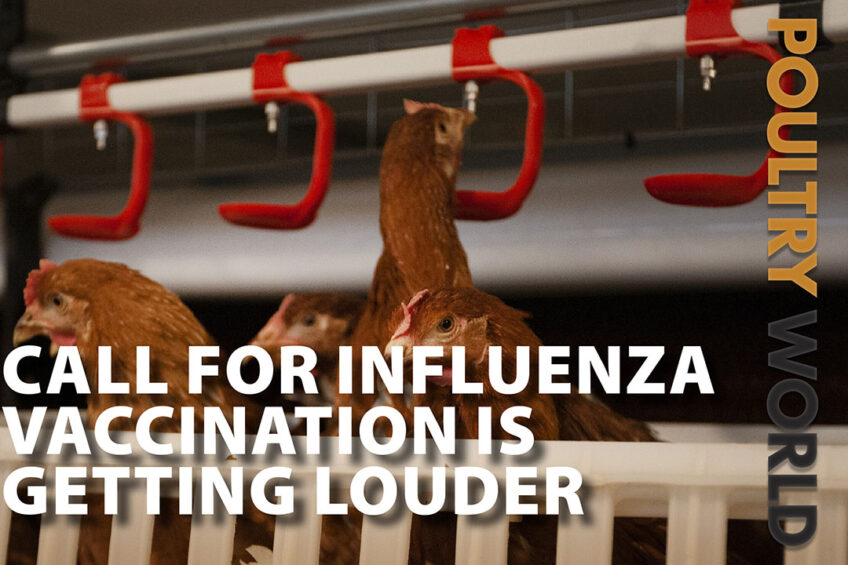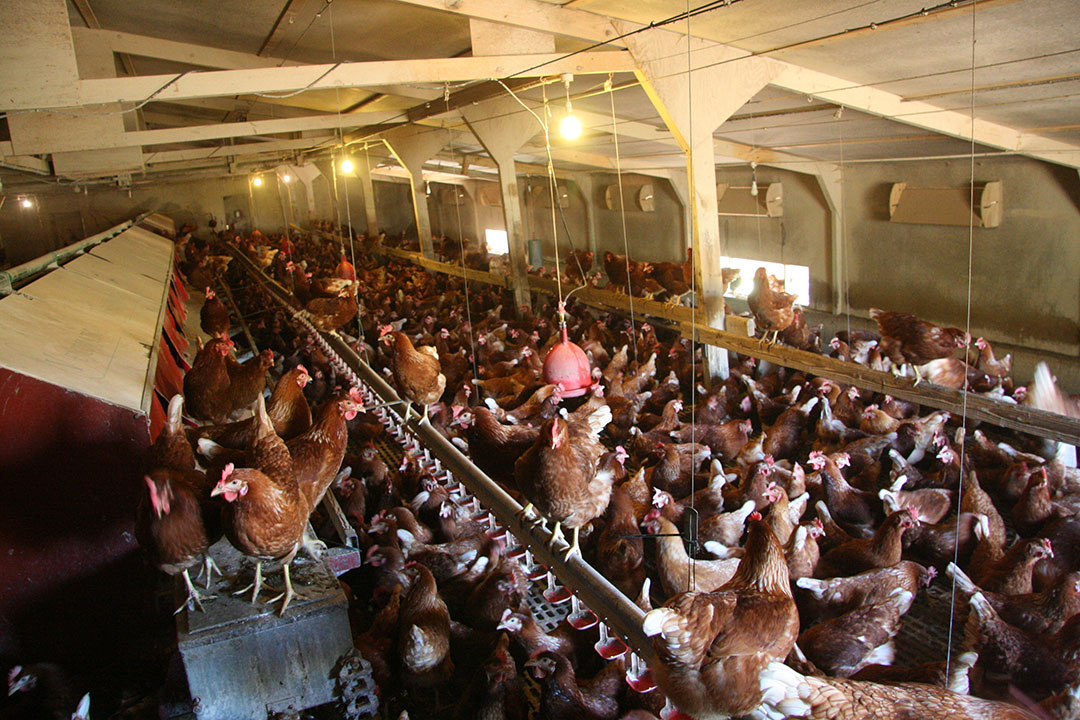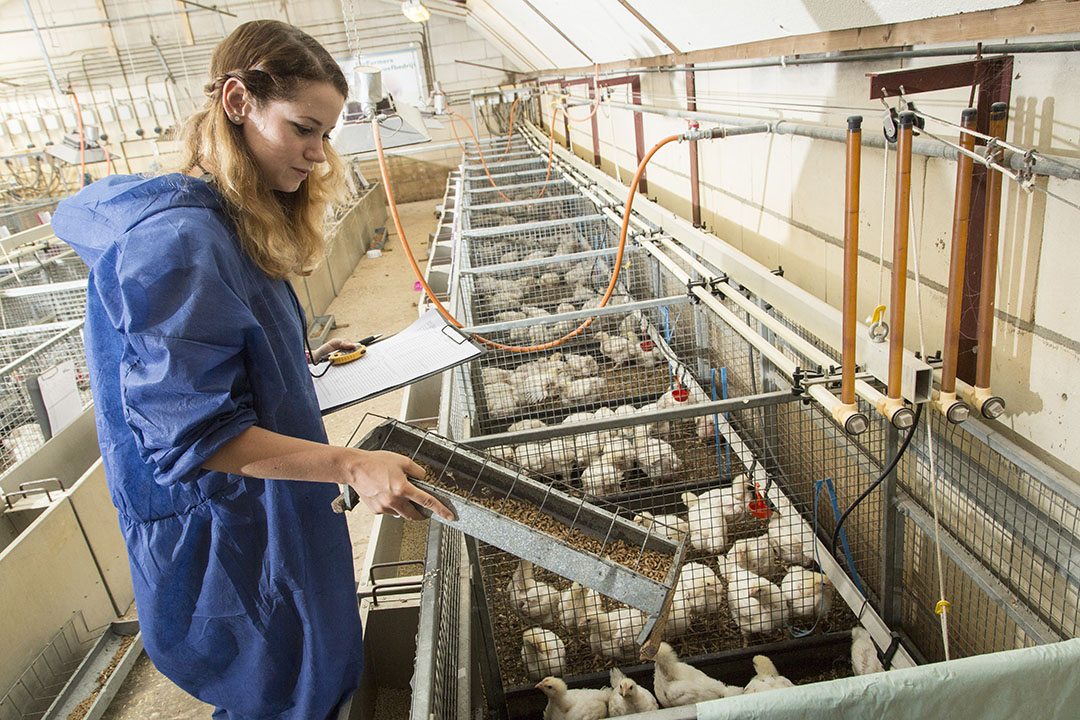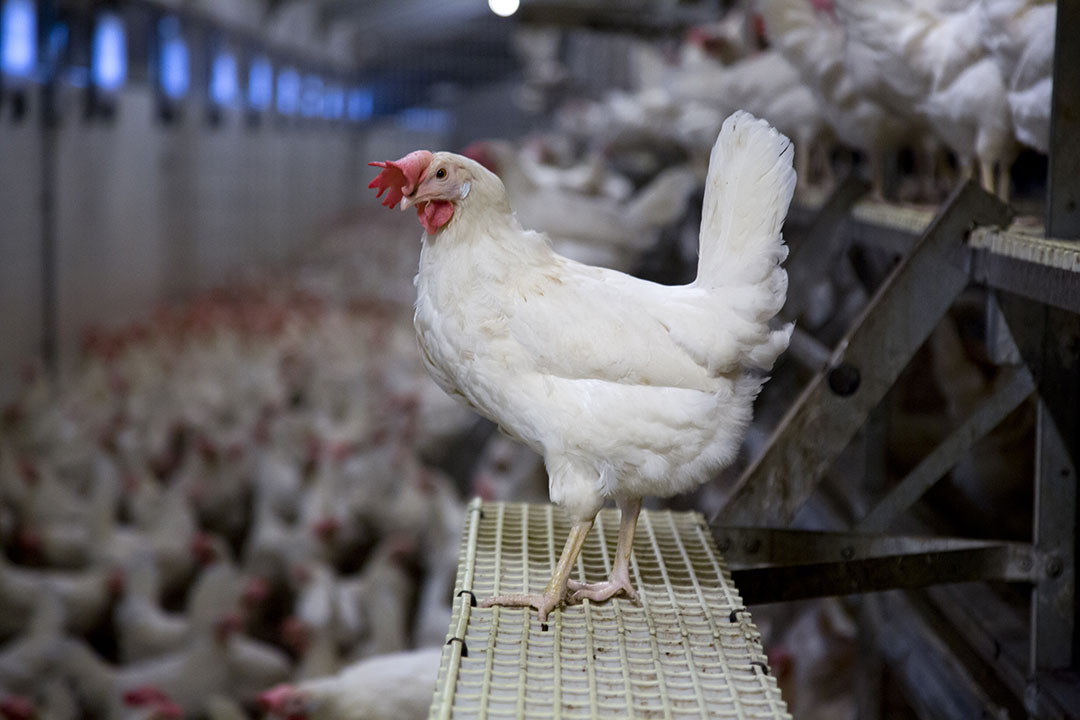Introducing the latest online edition of Poultry World

In this edition of Poultry World, we listen to the call for vaccination of flocks worldwide as an increasing number of birds become infected with avian influenza. Also, in a special focus section of this edition, we focus on the implication of higher welfare in poultry production.
View the 9th edition of Poultry World for 2022
Unspeakable damage and unexplainable consequences
Millions of birds in flocks worldwide have been affected by avian influenza. Getting the virus under control is necessary for multiple reasons, and as the virus spreads, the call for vaccination gets louder.
‘Carbon-neutral eggs make good sense’
Carbon-neutral eggs make sense on both the climate and profitability fronts, according to organic layer farmers, Rob and Sally Nicholls, who have fully embraced the scheme at their farm in the UK with 7,000 birds that supply the Noble Foods Purely Organic range.

Spectroscopic in-ovo sex determination in practical and future use
Since mid-2020, Lohmann Deutschland in Germany has used hyperspectral imaging, or the ‘Cheggy machine’, for sex determination. This non-invasive, fast, and accurate machine enables accurate determination of the embryo’s sex in the second third of incubation.
Setting a proper hatchery vaccination because every chick counts
Proper vaccine preparation conditions positively impact a hatchery vaccination process, and the uniformity of the birds’ immune response to disease depends on a consistently high standard of hatchery vaccination.
Information key to consumer acceptance of feed insects
While it is expected that the demand for insects in the pig and poultry feed sectors will rise sharply, few studies have examined consumer attitudes toward using insects in this application. A team of researchers set out to find out more during an online survey aimed at gaining a better understanding of consumer preferences and attitudes.

Controlling red mite infestation with garlic oil
Poultry red mite is a global challenge, but research has shown the benefit of using garlic oil in feed as part of a control strategy in laying hens.
Marine minerals boost broiler performance
This article evaluates the effects of Celtical, a marine mineral complex derived from Lithothamnion harvested off the coast of Iceland, which has been shown to improve the nutrient availability of calcium and phosphorus for broilers.
Slowing broiler growth with nutritional interventions
To remain within ideal slaughter parameters, it may be necessary to slow down broiler growth if the need arises to delay farm-to-processor deliveries.
Novel natural coccidiosis prevention strategies
In this article we look at using medicinal herbs as part of an overall management strategy for coccidiosis control. A new natural alternative range has been tested in both the European/Asian and US contexts.
Purifying rainwater for poultry applications
The LIFE Aclima scheme project, which is expected to end in July 2026, consists of monitoring water consumption during cooling, the purification of rainwater so it can be used as drinking water for poultry, and the circular use of cleaning water in broiler houses using biological water treatment.

In a special focus section of this edition of Poultry World, we focus on the implication of higher welfare in poultry production…
Welfare and cost implications of aviary housing systems – In the US, the egg production sector is facing demands to change the standards for laying hen housing. These changes are associated with higher production costs.
Market dynamics of layer welfare in the US – Government legislation setting production and labelling standards for laying hen welfare and the emergence of a differentiated market for higher welfare eggs are key factors in raising baseline standards for laying hens. We take a closer look at the market in the US.
A new milestone in US egg production – Delta Egg Farms, located 150 km southwest of Salt Lake City, Utah, converted its conventional housing system into aviary housing in 2019 to deliver eggs to California.
Challenges of an aviary housing system – While aviary housing systems have become fairly common in the EU, they do present their own set of health and behavioural challenges.
‘Distinguish real from perceived welfare’ – “The people who drew up the light intensity requirement of 50 lux really don’t understand bird behaviour and needs”. This is according to a Dutch poultry veterinarian when talking about the Better Chicken Commitment, noting that there are a few misconceptions.
Welfare doesn’t come automatically with a switch to aviary systems – A poultry veterinarian in the Netherlands cautions against new welfare problems that could arise in the absence of good stockmanship and careful management, regardless of the housing system used.













